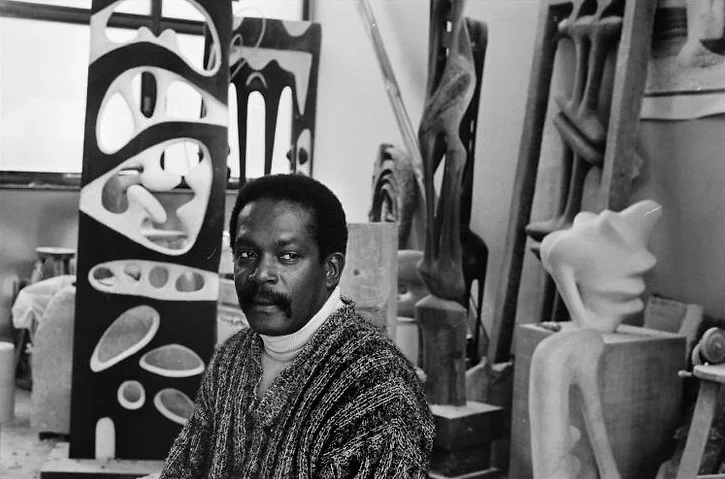Considered to be one of Cuba’s greatest sculptors, Agustin Cárdenas is also renowned for being one of the last artists to join the Surrealist movement. His interest in Surrealism, combined with his Afro-Cuban roots, informed his body of work throughout his career, and the famed artist was the subject of a retrospective at London’s Almine Rech Gallery as part of this year’s Frieze Masters Fair.
Agustin Cárdenas at Frieze Masters 2016
A descendant of Senegalese and Congolese slaves, Cárdenas was born in the industrial city of Matanzas on 10th April, 1927. His family subsequently moved to Havana where, from 1943, he studied at the San Alejandro Academy of Fine Art, tutored by sculptor and ‘Master of Masters’ Juan José Sicre. Despite leaving the Academy in 1949, before completing his studies, that same year Cárdenas won the Segundo Premio at the sixth Salón Nacional de Pintura y Esculta, Salones del Capitolio National in Havana. He subsequently held his first solo exhibition at the Palacio de Bellas Artes in Cuba, and was awarded the Silver Medal XXXVII at the Salón de Bellas Artes, Circulo de Bellas Artes.
In 1955 Cárdenas moved to France, by way of a scholarship, making his home in Montparnasse. It was in France where he met André Breton, and in 1956 the Surrealist author and poet invited Cárdenas to participate in a group exhibition at surrealist art gallery L’Etolie Scellée, the first of more than one hundred collective and thirty-four solo exhibitions featuring the Cuban-born artist held over the next forty years.
Agustin Cárdenas at Frieze Masters 2016
Cárdenas’s work is known for its organic shapes and refined structures. Using materials such as ebony, marble and later bronze, the artist’s sculptures combine African influences with Abstract and Surrealist themes to create fluid and often intimate pieces. He is also considered a pioneer of ‘site-specific’ art, creating large-scale works from minerals native to a particular area, and was commissioned to create monumental sculptures in both Europe and Asia.
Agustin Cárdenas was made a Knight of the Order of Arts and Letters for his significant contribution to the arts, as well as a Knight of the Legion of Honour, France’s highest decoration. He also received the William and Norma Copley Foundation Award for his outstanding talent.
In 1994 Cárdenas returned to Havana, where he passed away in 2001. He is buried at the Montparnasse Cemetery in Paris, and his work is on display in major museums both in Cuba and France, as well as in Asia and the Middle East.
Photos: Almine Rech Gallery




